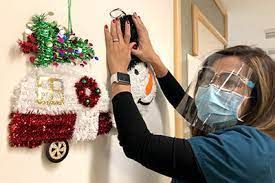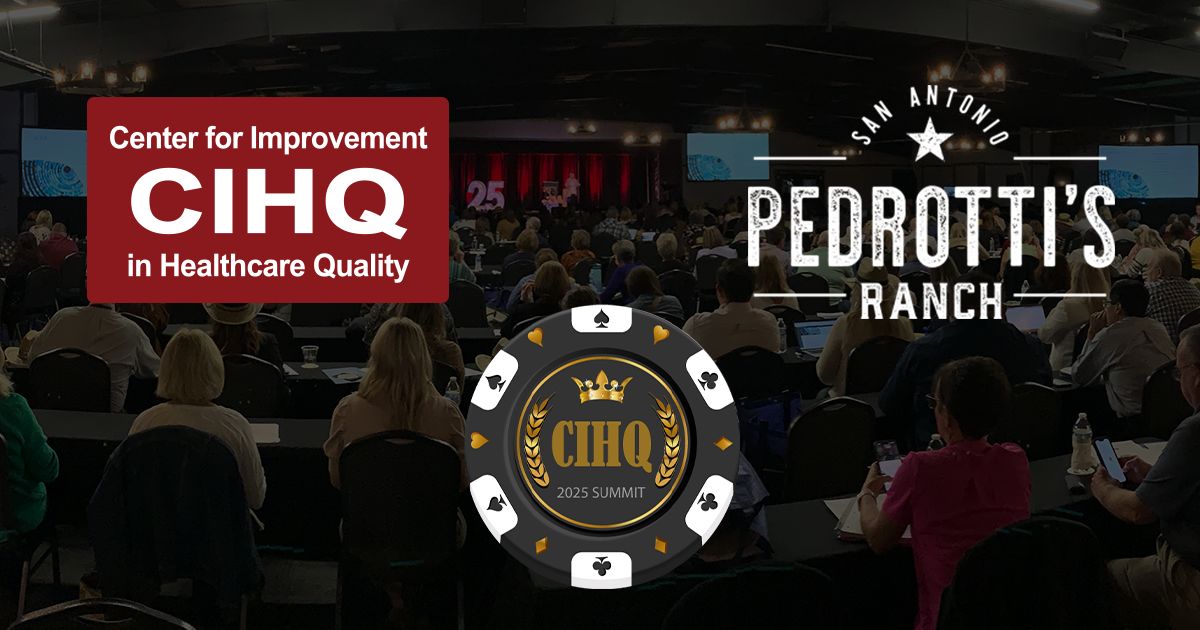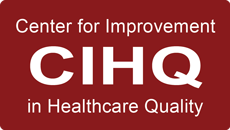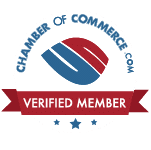The Basics of USP 797 & 800
Is Your Organization Prepared?
october 2023
By Jody Randall MSN, RN, CIC, HACP-CMS, HACP-PE
CEO and Founder
USP Chapter 797, Pharmaceutical Compounding: Sterile Preparations, delineates the standards for compounding sterile preparations in all pharmacy settings. USP 800 provides standards for safe handling of hazardous drugs to minimize the risk of exposure to healthcare personnel, patients and the environment. Effective November 1, 2023, changes to these standards will be fully adopted and organization must demonstrate compliance.
One of the first considerations for ensuring compliance with USP 797 and 800 is to evaluate your organization’s current practices. The next most important step is to identify a qualified person to evaluate current practices, implement policies and procedures and oversee training. Conducting a risk assessment of current practices is a great way to begin.
A good approach to beginning to establish or revise a program that manages hazardous pharmaceuticals is to reconcile current medications on formulary. In doing so, you may determine that some of the medications listed are not necessarily being used. This is a common finding when providers who have requested medications be ordered are no longer practice at your facility. Eliminating these medications will not only help to minimize the actual number of hazardous medications but can also lead to tremendous cost savings for organizations.
Another point of focus should be evaluating how these medications are currently being handled within the organization. Handling hazardous medications should be done in a manner that is safe and reduces risk of harm to employees who come into direct contact with these medications.
Having the right equipment, ventilation, personal protective equipment, and cleaning products requires planning and collaboration. For organizations that are performing sterile compounding, we strongly recommend looking at how this work is being performed and identifying breaches in the process. The National Institute for Occupational Health and Safety (NIOSH) has published
THIS ALERT
that covers risks associated with hazardous pharmaceuticals.
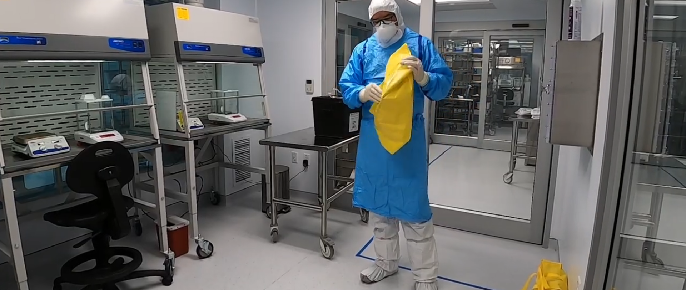
Moving Forward
We highly recommend reviewing this publication which provides a comprehensive overview of topics related to prevention exposure to antineoplastic and hazardous drugs in healthcare settings. You will find helpful recommendations ranging from proper personal protective equipment to waste disposal
.
Once all risks have been identified, be sure to work toward corrective actions that will not only mitigate risk but will ensure safety for those who work in these high-risk areas. There are several changes that have been adopted that will be in effect. All hazardous drugs, even if low volume, must be prepared in a negative pressure space.
The Joint Commission has also published a chapter on
Revisions to Medication Compounding Requirements
. This is another great tool that can be used in determining your organization’s compliance with Medication Compounding revised standards. Whether your healthcare facility is considered a large or small generator of hazardous pharmaceuticals, you will still be held to existing and updated standards concerning hazardous pharmaceuticals.
Now is a great time to take a closer look at your facilities, current processes and make improvements as necessary. We understand that preparation, management, and disposal of hazardous pharmaceuticals can be a complex matter but if not done correctly can cause harm to patients and staff. These types of adverse events can lead to litigation, financial burden and impact reputation and accreditation status for organizations.
When in doubt, call the experts for help!
HCE is Here
Healthcare Consulting Experts LLC was built based upon our understanding of the challenges that healthcare facilities are facing today. Healthcare professionals strive to deliver the best possible care to all patients. We can help your facility through the difficult times and put you back on track to a less stressful tomorrow.
Don’t take chances! Our experts can assist with regulatory compliance requirements for whether you are building a new, state-of-the-art project or renovating an existing structure. Be sure to visit
Our Website
to see a full list of the services that we provide.
Contact us today at +1 (800) 813-7117 for a free initial consultation.
Please join us by clicking on any of our icons below to leave a comment or for more informati
on and updates.
References:
https://www.cdc.gov/niosh/docs/2004-165/pdfs/2004-165.pdf?id=10.26616/NIOSHPUB2004165
